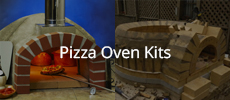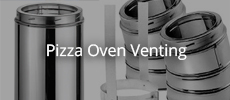About 350 liters perlite, give or take, but no vermiculite. The ratio to water came out to be about 30% by volume perlite. A little more volume than you estimated but your statistics are dead on as usual. Portland cement--just a tad over a 25kg bag. I had a bag that had a few chunks in it--first batch, then I tossed it. Did not want more variables to screw up the mixture!
As mentioned, I did leave an area maybe 40 cm diameter open at apex, but nothing compared to total surface area. Am having thoughts on a permanent vent at top of dome once everything is dry and enclosed.
There has been a lot of chatter about completed WFO's that have been gotten wet and had to go through the drying process again. Maybe not the amount of water I am dealing with right now. I think that firebrick really absorbs water as well.. I noticed that when doing the few cuts I had.
(Maybe a good new thread-" Design considerations to prevent water migration into WFO igloo design")- Do's and Don'ts
Just a lot of things racing through my mind... builders with counters up to the WFO's where rain might hit-- a real entry point for water!
Today was the first day that the sun shone with any intensity and the temperatures were higher. When I can, I will open the garage doors and get some sun/wind action--but the drying will be much decreased because of surface area..
Need to get the chimney attached and some heat inside. That basically means a move outdoors. At least I have some protection in place for that move. Will have to see how things work out. Still have overnight freezing temperatures to deal with!
Thank you for your input, technical leads, and non-judgemental advice. This is just a work in progress--learn as I go.










Leave a comment: